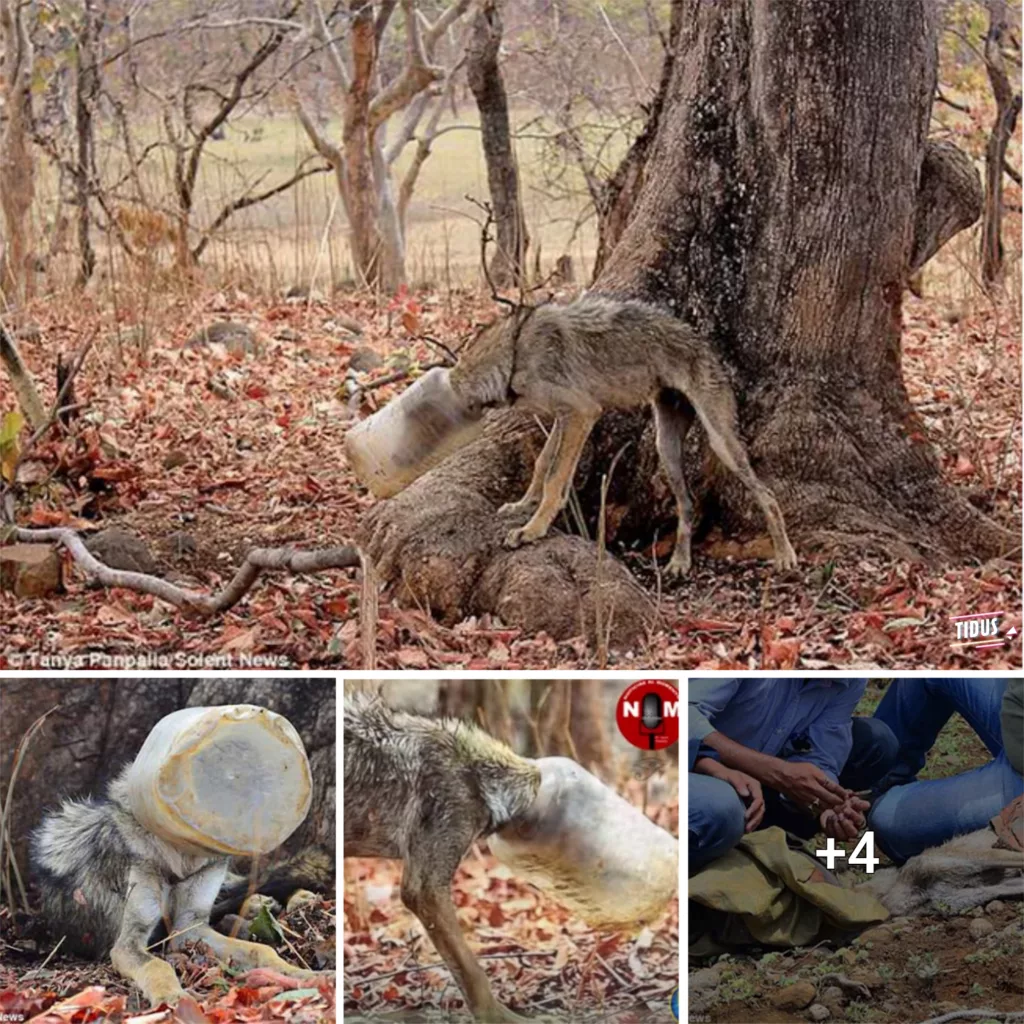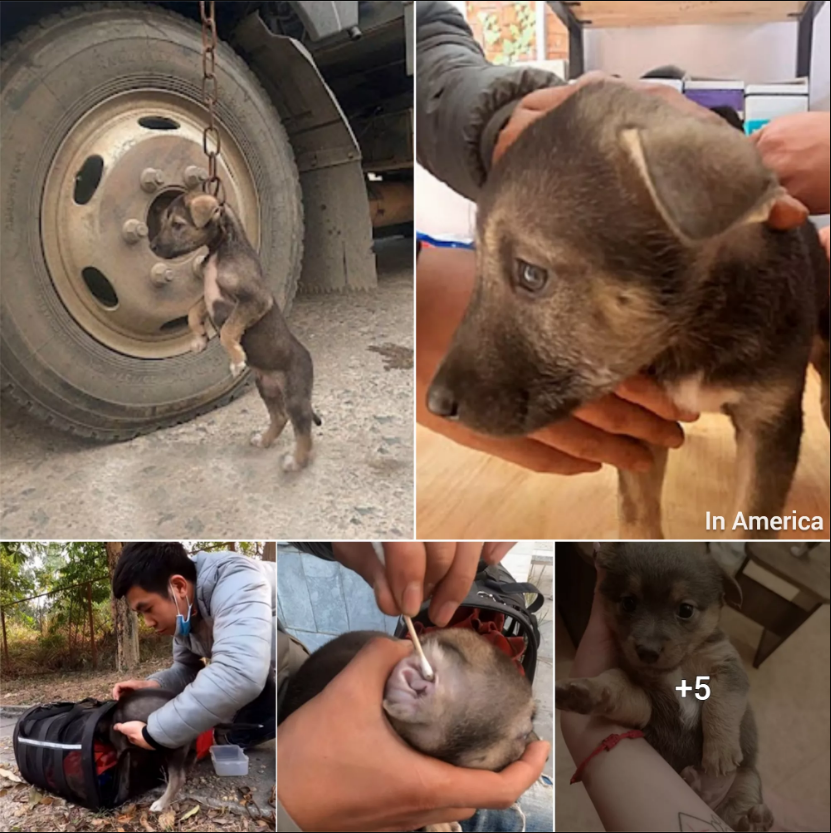In a world where human-animal interactions often highlight the challenges faced by wildlife, a heartwarming discovery shines a light on the compassion and empathy that exists among people. Recently, a group of locals stumbled upon a young elephant in distress, struggling to drink water due to a broken trunk. In this article, we share the heartwarming tale of this vulnerable elephant and the compassionate response from the community, emphasizing the importance of wildlife conservation and the significance of lending a helping hand to our animal friends in need.

The heartwrenching sight of a young elephant with a broken trunk captured the attention of the concerned locals. The elephant, unable to use its trunk effectively, faced immense difficulties while attempting to drink water from a nearby waterhole. The sight was a poignant reminder of the challenges and dangers faced by wildlife in their natural habitats.

Moved by the elephant’s plight, the community swiftly came together to assess the situation and find a solution. Concerned citizens reached out to wildlife experts and conservation organizations to seek advice on how to assist the distressed young elephant.

A specialized wildlife rescue team was dispatched to the location to carefully evaluate the elephant’s condition and devise a plan for its care and recovery. The team’s expertise in handling such situations ensured that the delicate balance between human intervention and respecting the animal’s natural behavior was maintained.

The young elephant was approached with caution and care to prevent any further distress. The rescue team provided the animal with fresh water and nutritious food, ensuring its immediate needs were met. The broken trunk was gently examined, and a plan for further assessment and treatment was put into action.

A trunk is a vital appendage for elephants, serving multiple functions, including drinking, feeding, and communication. The broken trunk posed severe challenges for the young elephant, affecting its ability to drink and feed adequately. It also hindered its natural behaviors, which are essential for its survival in the wild.
The elephant was transported to a specialized wildlife rehabilitation center, where it would receive long-term care and attention. The dedicated team of experts would work tirelessly to ensure the young elephant’s well-being, facilitating its gradual recovery and the adaptation of alternative ways to drink and feed.
This heartwarming discovery of the young elephant in distress underscores the urgent need for wildlife conservation efforts. Human activities, such as poaching, habitat destruction, and accidental injuries, pose significant threats to these majestic creatures and their natural habitats. By highlighting such incidents, we raise awareness of the challenges faced by wildlife and the critical role humans play in their protection and survival.
The compassionate response of the community to the young elephant’s plight showcases the power of empathy and collective action. When people come together with genuine concern for the welfare of animals, incredible transformations can occur, providing hope for a more harmonious coexistence between humans and wildlife.
The heartwarming discovery of the young elephant struggling to drink with a broken trunk serves as a poignant reminder of the interconnectedness of all living beings on this planet. It calls upon us to embrace empathy and compassion, and to take proactive steps towards wildlife conservation. Through collective efforts and responsible actions, we can make a positive impact on the lives of these majestic creatures, ensuring a brighter future for both them and our natural world as a whole. Let this tale inspire us to be stewards of the environment and compassionate advocates for our animal friends, standing together to protect and preserve the delicate balance of life on Earth.



